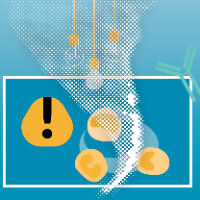The rise of next-generation T-cell engagers with better safety and efficacy
Immuno-Insights Insights 2020; 1(3), 169–176
10.18609/ioi.2020.018
The last decade has witnessed a gradual increase in the number of T-cell engagers (TCEs) entering the clinic for various oncology indications. The culmination of learnings from intensive research and development spanning the last thirty-five years in this space has yielded two TCE approvals: 1) catamuxamab (anti-EPCAMxCD3, Fresenius Biotech, Germany), a mouse-rat hybrid bispecific for malignant ascites that was approved by the EMA in 2009 and voluntarily withdrawn in 2017, and 2) blinatumomab (Micromet, Inc., Germany and Amgen, CA) comprising a mouse anti-CD19xCD3 dual single-chain variable fragment (scFv) that is administered intravenously (IV) for acute lymphoblastic leukemia (ALL, FDA approval in 2014). Blinatumomab remains the single approved and marketed TCE to date. Other first-generation TCEs have since suffered attrition in early development due to their toxicity or safety profiles as well as manufacturing complications. This review highlights key impediments to the clinical advance and the design limitations of first generation TCEs and discusses new approaches to overcome these hurdles. By addressing these fundamental shortcomings, next-generation TCEs have the potential to transform cancer treatment.
